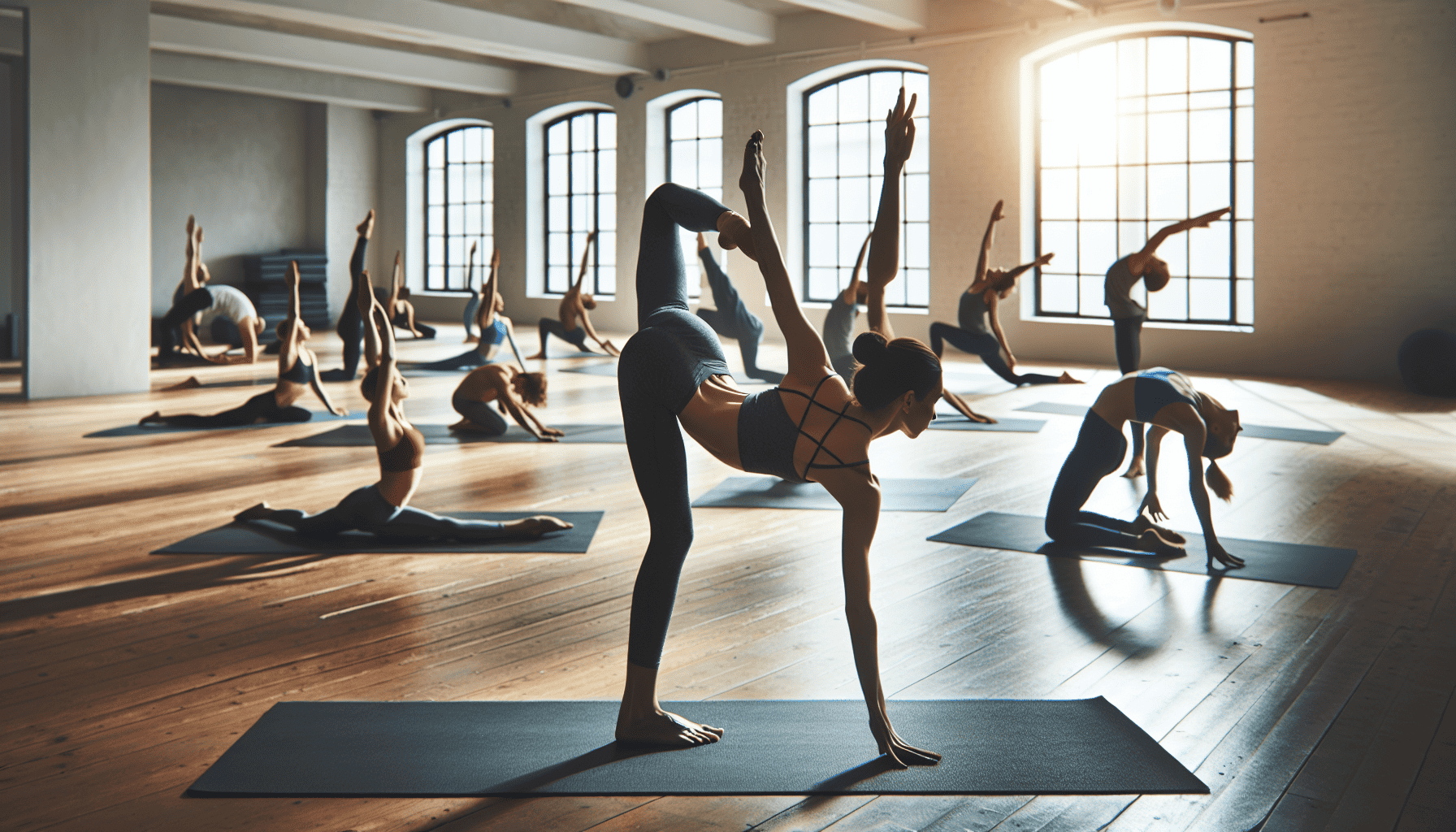In today's fast-paced world, maintaining flexibility and overall well-being is more essential than ever. Yoga, an age-old practice that blends physical postures, breathing exercises, and meditation, offers an excellent path to achieving these goals. By incorporating daily yoga routines into your lifestyle, you can unlock the secrets to increased flexibility and a healthier, more balanced life.
Understanding Flexibility in Yoga
Flexibility is the ability of your joints and muscles to move through their full range of motion. It is a crucial component of physical fitness that often gets overlooked. Good flexibility enhances muscle coordination, reduces risk of injuries, and improves overall body performance. Yoga, with its multitude of poses, is an effective way to enhance your flexibility.
The beauty of yoga is that it meets you where you are. Regardless of your current flexibility level, there is a yoga routine that can suit your needs. Consistent practice helps gently stretch muscles while improving joint health and alignment.
Daily Yoga Practices for Flexibility
-
Creating a Routine: Establish a consistent daily schedule. Whether you can commit to a full class or just a few minutes, consistency is more important than duration. Find a time that integrates seamlessly into your life, allowing your practice to be a non-negotiable part of your day.
-
Warm-Up Exercises: Start with gentle warm-up exercises to prepare your muscles and prevent strain. Neck rolls, shoulder circles, and cat-cow stretches are great starters to set the stage for deeper poses.
-
Focus on Fundamental Poses: Integrate basic poses that target major muscle groups. Forward bends, such as Uttanasana (Standing Forward Bend) and seated forward bends, help stretch the hamstrings and back. Poses like Bhujangasana (Cobra Pose) and Setu Bandhasana (Bridge Pose) can effectively open the chest and improve spinal flexibility.
-
Incorporate Balance and Core Work: Twisting poses like Ardha Matsyendrasana (Half Lord of the Fishes) or balancing poses like Vrksasana (Tree Pose) help strengthen core muscles, enhancing balance and endurance alongside flexibility.
-
End with Relaxation: Finish your practice with Savasana (Corpse Pose) or a guided meditation to help your body absorb the benefits of your routine, easing your mind and releasing any remaining tension.
Tips for Enhancing Flexibility
-
Listen to Your Body: Push yourself gently without forcing poses. The key is to challenge but not strain your muscles.
-
Embrace the Breath: Use deep, coordinated breathing to enhance your flexibility. Your breath can help relax and lengthen muscles, making each stretch more effective.
-
Patience and Perseverance: Gaining flexibility does not happen overnight. It's a gradual process that demands patience. Celebrate small achievements and stay committed to your practice.
-
Seek Guidance: If you're unsure about certain poses or sequences, consider guidance from experienced yoga instructors. They can provide personalized recommendations and adjustments.
The Holistic Benefits of a Flexible Body
Flexibility obtained through yoga transcends the physical. Physically, you'll find it easier to perform daily tasks, reducing the risk of pain and injury. Mentally, yoga can improve mood and decrease stress levels by promoting mindfulness and self-awareness. As you cultivate flexibility in your body, you'll notice greater ease and freedom, echoing into your overall lifestyle.
In essence, integrating daily yoga into your life is not merely about mastering poses. It's about fostering a harmonious connection between your body and mind, instilling a sense of peace, balance, and agility in your everyday activities. Embrace this journey and watch as your flexibility blossoms, paving the way to a more vibrant and healthy you.
